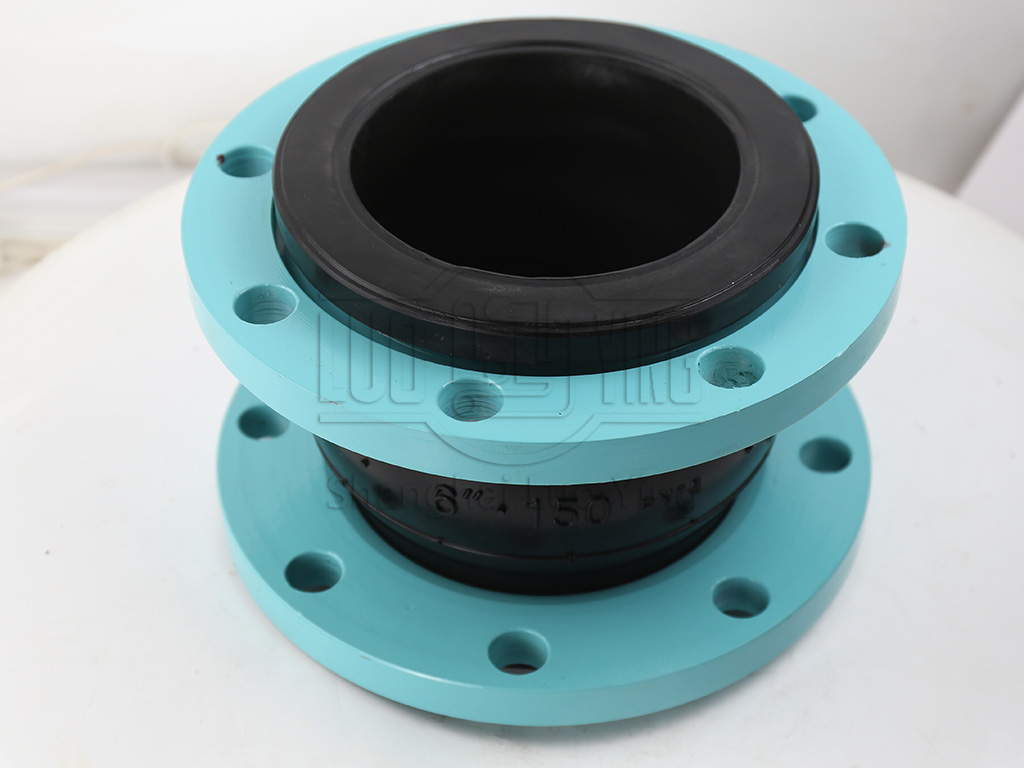luoying to explain the characteristics of acid and alkali resistant rubber expansion joints.
Oct-22-18
Acid and alkali resistant rubber expansion joint consists of inner and outer layers of rubber, cord fabric layer and steel wire ring, formed by vulcanization and then loosely combined with metal flanges or parallel joints.Common acid and alkali resistant rubber expansion joints are mainly EPDM, neoprene, fluorine rubber.
EPDM rubber expansion joints, this rubber is mainly used to resist high temperature pipeline below 120 ℃, in addition to acid and alkali resistance, of course, only for weak acid and alkali pipeline operation.
Neoprene can adapt to medium concentration of acid and alkali solutions.
Fluorine rubber has the best performance of acid resistance and reduction, and can adapt to strong acid and strong alkali pipeline, and also can withstand high temperature up to 180 degrees in the pipeline environment.
LUOYING's acid and alkali resistant rubber expansion joint is a kind of pipeline joint with high elasticity, high airtightness, medium resistance and weather resistance. This product utilizes the elasticity, high airtightness, medium resistance, weather resistance and radiation resistance of rubber, etc. It is made of high strength, cold and heat stable polyester cord fabric twill cross and compounded with it, and then vulcanized by high pressure and high temperature mold. This product can reduce vibration and noise, and can play a compensating role in thermal expansion and contraction caused by temperature changes, and is widely used in various pipeline systems. It is suitable for seawater, fresh water, hot and cold water, drinking water, domestic sewage, crude oil, fuel oil, lubricating oil, refined oil, air, gas, steam and granular powder in a variety of different environments.


